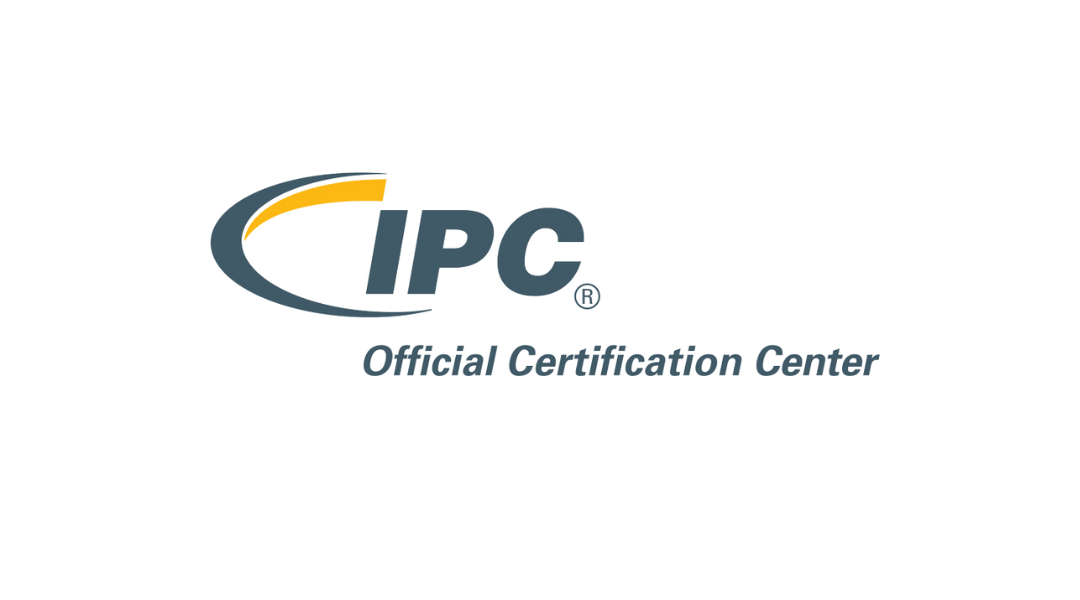It goes without saying that electronic component damage can be caused by general cleanliness, but damage can also be caused by foreign objects too. This is a follow-on blog from our ‘Why and how to maintain general electronics cleanliness’, so, if you haven’t already read that one, it is a good place to start. Electronics foreign object damage is a real concern, so this blog will focus on the importance of avoiding foreign objects and what steps you can take.
Electronic manufacturing requires exacting measures, precision, and accuracy and even the smallest of foreign objects can wreak havoc and cause significant damage and reliability issues of electronic components.
What is foreign object damage?
A foreign object is the presence of particles or materials that shouldn’t be there. Foreign object examples are tiny particles of dust, fibres, food, hair, skin or metallic debris such as lead off-cuts, solder balls, solder splashes, braid wire or brush bristles. The appearance of a foreign object can happen at any point in the manufacturing process, testing and packaging stages.
What damage can foreign objects cause?
The presence of a foreign object can cause immediate damage or can cause damage over time.
- Electrical malfunctions
Foreign objects can disrupt electrical connections, causing short circuits, power fluctuations or complete failures.
- Reliability and lifespan
This is where efficiency and overall performance is affected intermittently and over time.
- Safety risks
In some instances, a foreign object can pose a real safety concern. It could cause short circuits, overheating or electrical shocks either damaging surrounding equipment or endangering users.
There are many examples of serious issues on board aircraft and in vehicles that have been directly attributed to FOD.
How can you avoid foreign object damage?
General cleanliness and diligence are key to avoiding foreign object contamination within your electronic components.
- Transportation and storage
- Use pallets or carriers when transporting between workstations and minimise time outside protective casings.
- Not only will placing items inside a protective casing/bag protect the component from foreign objects, but it will also address electrostatic and generic damage.
- Be mindful of static electricity which can attract dust and particles, using secure storage will help avoid contamination and damage. Read our blog on ‘Significance and prevention of electrostatic discharge in electronic manufacturing’.
- Quality control
- Quality control measures such as optical imaging will help identify foreign objects at key stages.
- Workstation cleanliness
- These areas should always be kept clean and tidy. No food or drink should be consumed at workstations.
- The work station should AT ALL TIMES be kept free of any debris such as component leads, old solder braid, solder splashes etc. In fact any detritus that could find its way onto a board should be removed.
- A clean workstation will also help in locating any off-cuts that have “pinged off” during board assembly/rework or repair.
- Employee education and training
- Education and training are key for many aspects of electronic manufacturing and foreign objects is no different.
- Ensure employees understand what foreign objects are, how they can appear, the consequences of undetected foreign objects and the process for addressing and resolving foreign object damage incidents.
Foreign object damage is another real threat to the quality, reliability and safety of electronic components as well as the vehicle/aircraft they are installed in and can be minimised through basic workstation cleanliness as well as some key specific measures. Failures and recalls can be costly and affect reputation. Whilst good handling and environment management are key, proper storage and transportation are equally important in maximising the components lifespan and overall functionality.
Electrostatic discharge
Significance and prevention of electrostatic discharge in electronic manufacturing
What is ESD?
Electrostatic discharge (ESD) is the build up of charge between two surfaces. It happens when surfaces rub together which results in an excess of electrons on one surface and a deficiency on the other. As there is often no real path through which the charge can flow, the resultant voltage may remain in place for some time and this gives rise to the term ‘static electricity’. When an ESD event happens in electronic manufacture, it can be extremely harmful as it slowly damages the components on the circuit board.
Why does ESD matter?
Since the early 1990’s, component miniaturisation has resulted in silicon manufacturers removing ESD protection from integrated circuits. This means that handling that was acceptable in the 1980’s and early 1990’s is no longer acceptable for modern silicon devices or printed resistors. As components have got smaller, the relative amount of damage versus surface area has increased. Some devices are sensitive to as little as 50 volts. So, a charge of 14,000 volts built up after 30 seconds of walking on an unprotected surface with no personal protection will potentially catastrophically damage the part. In some cases, and a potentially worse outcome is what we call “walking wounded”. A part is damaged but still continues to function for a period of time after and then fails.
Why is this worse? A component failure in your manufacturing facility is likely to be picked up by End-Of-Line Test. Walking Wounded components often fail in service at an unpredictable point in the future; not necessarily when an aircraft is conveniently on the ground, a car is in its garage, or when a defence system is not active.
The amount of charge created is dependent on several factors:
- Material involved and material conductivity
- Intimacy of contact
- Rate of separation
- Charging can also be induced into items due to the presence of an electrical field.
ESD poses a significant threat in electronic manufacturing. When an ESD event occurs, it can lead to the catastrophic failures, latent defects, and premature component degradation. This results in reduced product reliability, increased returns/warranty claims, and financial losses for manufacturers. Additionally, the potential risks associated with ESD are magnified in industries such as aerospace, automotive, and medical devices, where safety and reliability are paramount.
What you can do to prevent ESD damage
Despite the seriousness of ESD events, there are six areas where you can take steps to prevent and control ESD.
- Training and Education
Ensure that employees are educated about ESD through training programmes. They need to understand what ESD is, its potential consequences, specific areas of manufacturing that may be more prone to ESD and the procedures that should be in place to minimise ESD events.
- Grounding
Preventing static charge build-up on people is best achieved through the wearing of metal style wrist straps.
Ground all surfaces within a workstation and establish an electrostatic protective area (EPA) where sensitive electronic components are handled.
It’s worth noting that ESD shoes and flooring can help reduce charge build up, but they aren’t as effective as metal wrist straps (fabric ones retain dirt and residues that reduce their effectiveness over time) .
EPA’s should be equipped with ESD safe flooring, antistatic garments and footwear and should be subject to regular audit/review to ensure that the area remains compliant to the relevant standards.
- Shielding
When transporting components and assemblies, they should be shielded to protect them from a potential ESD event.
Shielded containers are made from dissipative materials or have a conductive layer which will protect the components. Furthermore, using proper packaging with antistatic foam will help shield components from and ESD event.
- Neutralisation
As grounding will not dissipate charges from insulators such as clothing or commonly used plastics, ionisers should be used to remove any charge build up. Ionisation is ideal in areas where plastics such as connectors come into contact with circuit boards.
- Monitor and test
ESD control measures are all well and good, but they too should be monitored and regularly tested to ensure their continued effectiveness. Periodic audits and grounding measurements are ways to ensure their compliance with ESD procedures.
- Adhere to industry standards
ANSI 20:20 standards provide specific recommendations for controlling and preventing ESD in electronic manufacturing and they should be adhered to.
Electrostatic discharge is a real concern in the electronic manufacturing industry, as it can cause various levels of damage severity. By understanding electrostatic discharge and putting in place preventative measures mentioned in this blog, manufacturers can significantly reduce the risk of ESD events. This will have a positive impact on product reliability.
By helping your team improve their competency, making them understand the impact of what they do they, equipping them with the skills and abilities to be able to create product right first time, you can recoup huge savings.
[/et_pb_text][/et_pb_column][/et_pb_row][/et_pb_section]




